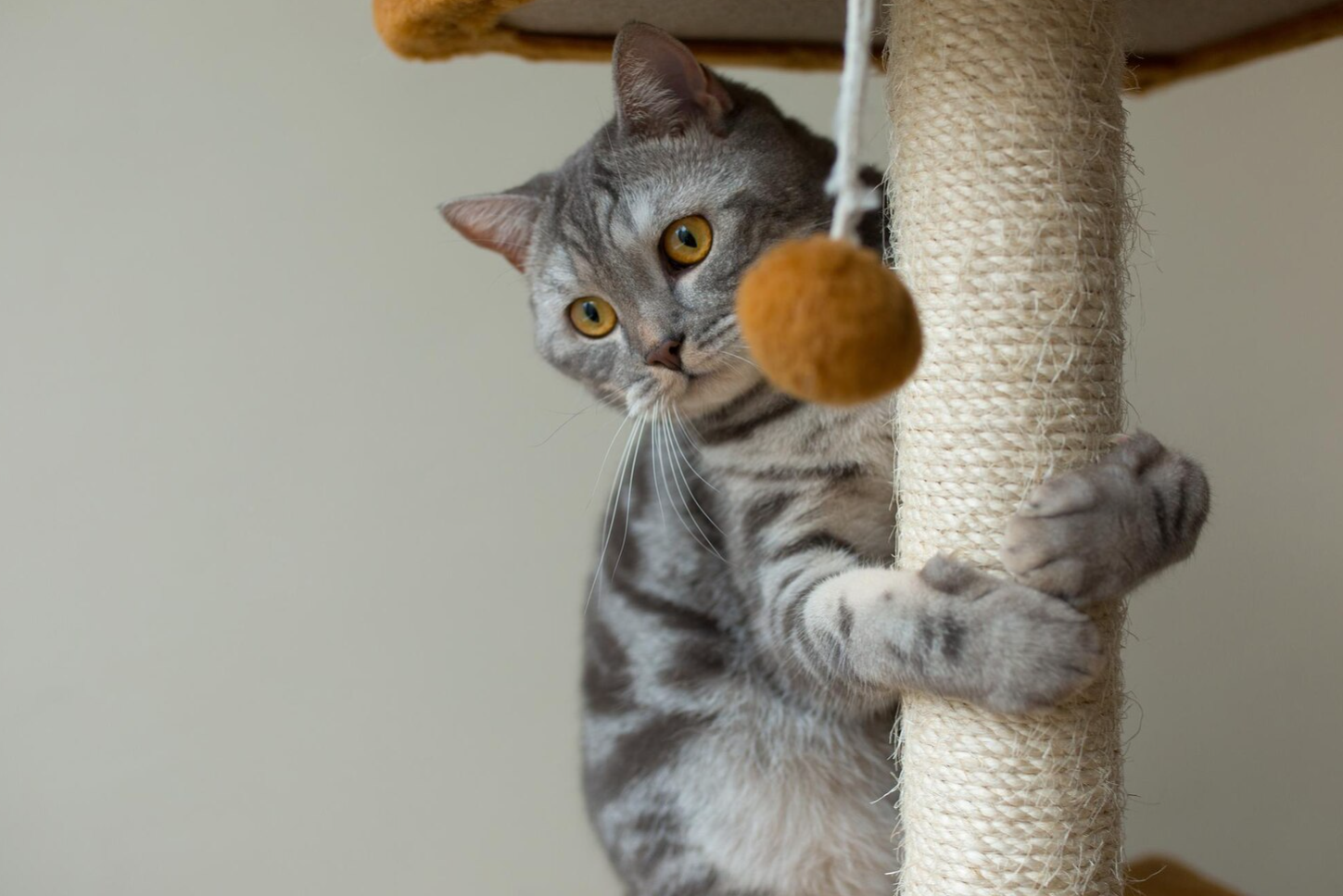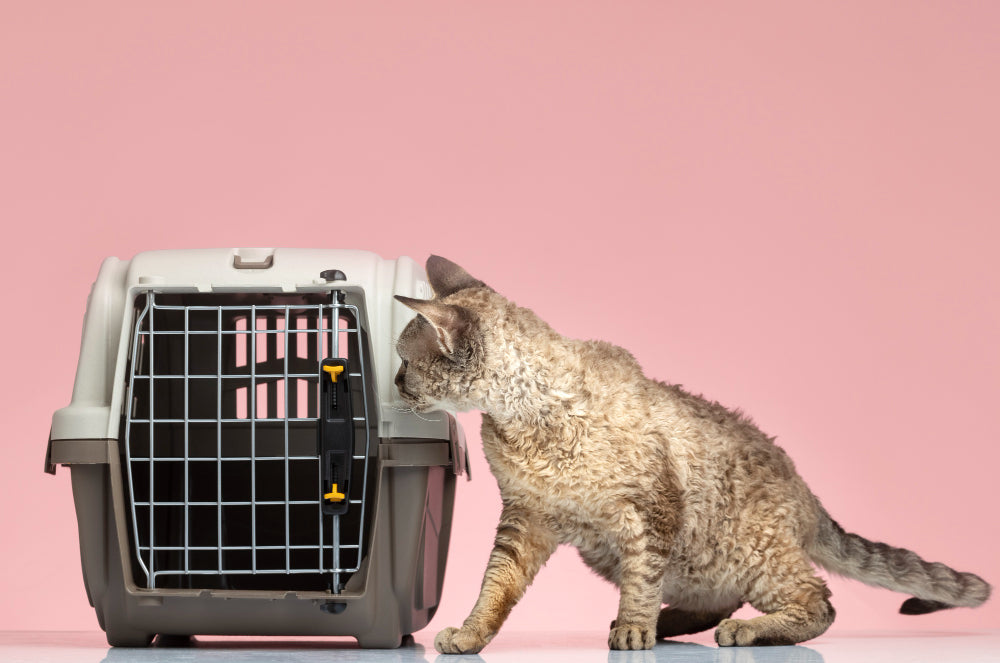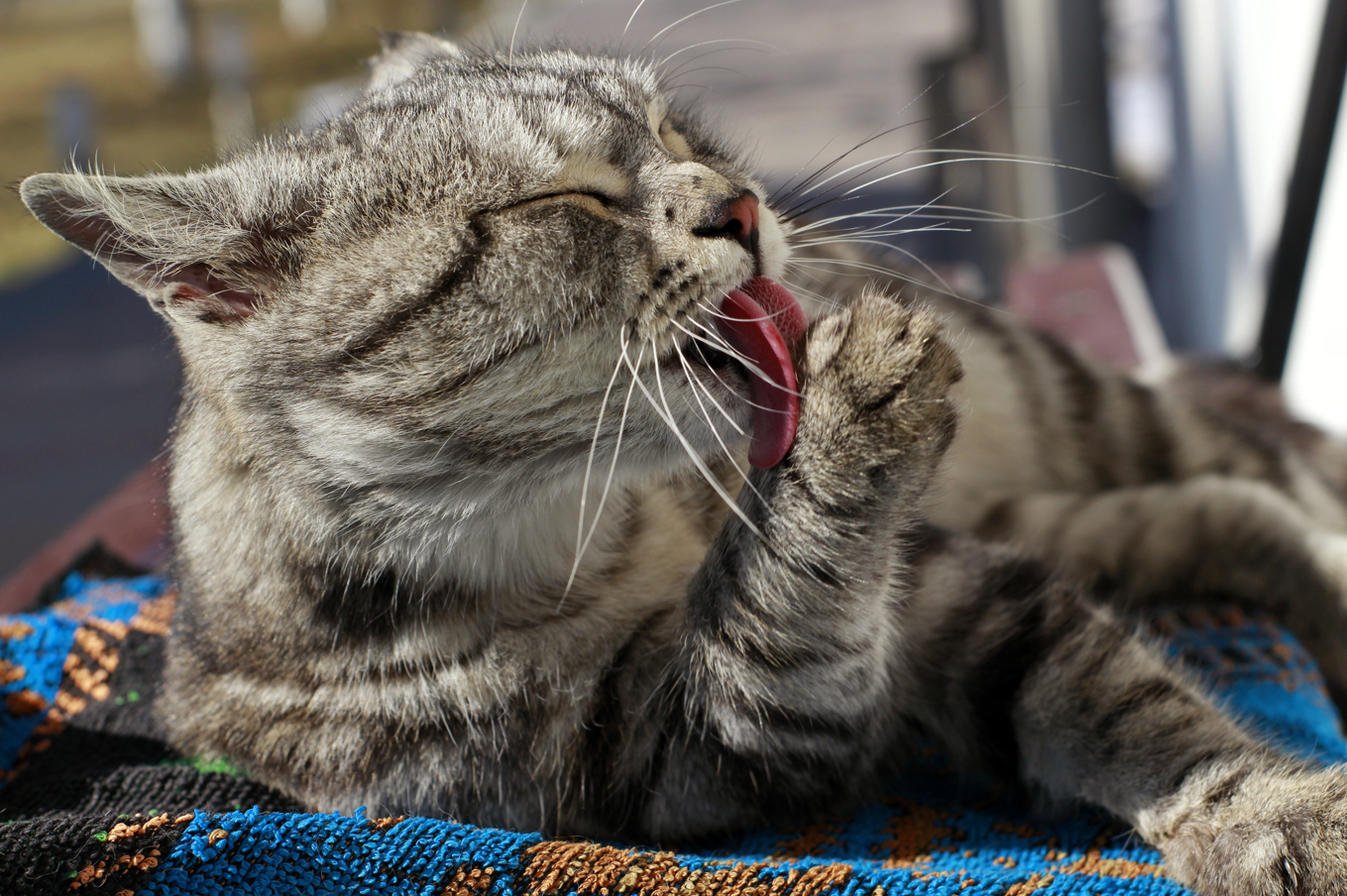
Walking your dog in winter: What should you pay attention to?
, by Michael van Wassem, 3 min reading time

, by Michael van Wassem, 3 min reading time
Walking your dog in winter can be a wonderful experience, provided you're well-prepared. Protect your dog from the cold, pay attention to its health, and ensure safety along the way. With the right precautions, winter walks will not only be safe, but also a treat for both of you!
Winter offers wonderful opportunities for walks: fresh air, snowy landscapes, and adventures in the snow. It can be a great time for you and your dog to go out together. But the cold, snow, and ice also present challenges. In this blog, we discuss what you should pay attention to during winter walks, so that you and your dog can both enjoy the season safely and comfortably.
Not all dogs are equally resistant to low temperatures. Short-haired breeds or dogs without an undercoat, such as Greyhounds and French Bulldogs, can quickly suffer from the cold. Consider a warm dog coat to protect your pet. Make sure the coat fits well and allows for freedom of movement.
Snow, ice, and road salt can be harmful to your dog's paws. After a walk, check their paws for cracks or ice that might be stuck on. You can protect their paws with special dog booties or a paw balm that prevents salt and cold from causing damage.
Tip: After the walk, rinse the paws with lukewarm water to remove salt residue.
In winter, the days are shorter and it's often dark or dusk during walks. Use a reflective harness, luminous collar, or LED light to make your dog clearly visible to motorists and cyclists.
Icy or slippery pavements can be dangerous, not only for you but also for your dog. Dogs can slip and injure themselves. Walk carefully and avoid playful activities such as running or jumping on slippery surfaces.
Dogs need water in winter too, especially during longer walks. Always bring a water bottle and a collapsible bowl. Eating snow can irritate their stomachs and is no substitute for drinking water.
Dogs often give signals themselves when they are cold or not feeling well. Pay attention to shivering, lifting their paws, or signs of fatigue. Go home in time if you notice your dog is experiencing discomfort.
Antifreeze is often used in winter, and it's very poisonous to dogs. Make sure your dog doesn't drink from puddles or lick snowy surfaces. Preferably keep him on a leash in urban areas.
In winter, the weather can change suddenly. Choose walking routes that you know well and that aren't too far from home. Make sure you're prepared with warm clothing, a blanket for your dog, and possibly a thermos for yourself.
In winter, dogs burn more energy to stay warm, especially during long walks. Make sure your dog gets enough food, possibly with a little extra if he spends a lot of time outdoors. Take a healthy snack with you for the journey, such as dog treats.
Winter walks can be wonderful for bonding with your dog. Let your dog play in the snow (but keep it safe), hide treats in a snowdrift, or explore a quiet forest together. It's a unique time to enjoy each other and nature.
Conclusion: A safe and cozy winter ahead.
Walking your dog in winter can be a wonderful experience, provided you're well-prepared. Protect your dog from the cold, pay attention to its health, and ensure safety along the way. With the right precautions, winter walks will not only be safe, but also a treat for both of you!
Do you have any tips or experiences to share? Share them with us via customer service @ fidello.nl or on our social media! We're curious to hear about your winter adventures with your dog.


